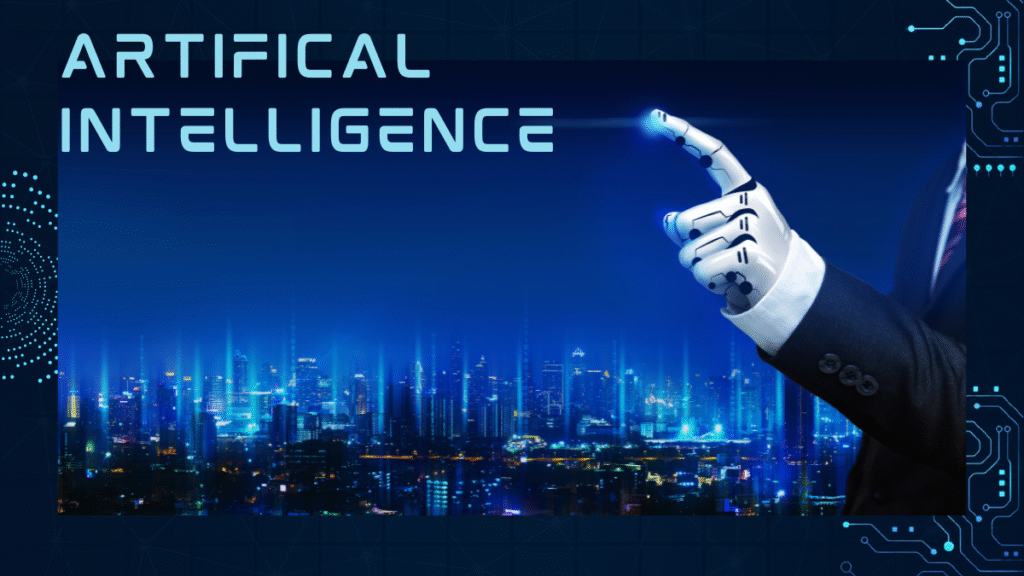Latest Advancements in Artificial Intelligence

Human Computer Interaction
The field of human computer interaction (HCI) includes the development of technologies that make computers adapt to the needs of humans and provide them with better, more convenient ways to interact with computers. Computers are now in every area of our lives. From our phones to our home appliances, they are becoming more and more embedded. And because computers are becoming more and more intelligent, we need a better way to interact with them.
HCI researchers study how humans interact with a variety of technologies, from computers and smart devices to eye-trackers and neuro-physiological tools. They also study the technical processes involved in technology development, including the design of user interfaces, the development of computer systems, and the development of new technological applications.
As the relationship between AI and HCI has progressed, the research areas have become more and more intertwined. The scientific skill set required to do the work in these two fields has shared fairly evenly between academia and industry.
Quantum Computers
Quantum computers have the potential to revolutionize the field of artificial intelligence. They use the principles of quantum theory to perform complex calculations with speed and accuracy that classical computing can’t match.
From healthcare to finance, quantum computing has many applications. Ultimately, the technology will allow machines to learn and evolve to solve problems more efficiently. This would result in powerful technology.
One of the most exciting uses of quantum computing is in the development of algorithms and machine learning. The ability to quickly identify patterns in data sets will lead to accelerated genomics and renewable energy technologies.
A fault-tolerant quantum computer can tap into the concept of entanglement to speed up computations. It’s also much more environmentally friendly than a classical supercomputer.
Autonomous Mobile Robots
Explainable Artificial Intelligence (XAI)
Explainable artificial intelligence (XAI) is helps users to understand the behavior of the model. There are several challenges in explaining complex AI models to humans. But explainable AI has the potential to help overcome them.
The XAI project has had several challenges. First, the model used in the system needs to be agnostic, and second, it has to produce explanations that are sufficiently informative for the scientific community. Depending on the underlying model, these explanations might need to be local, global, or a combination of both.
Another issue is that the underlying model affects the potential applicability of each method. Some are relatively straightforward, such as logistic regressions, while others are more complicated, such as deep nets, which are typically hidden parameters.
The XAI program has shown that it is possible to develop explainable learning systems, which are designed to be transparent to both the scientific and non-scientific communities. In addition, a set of toolkit libraries of machine learning software modules are being developed to support future development of explainable AI systems.